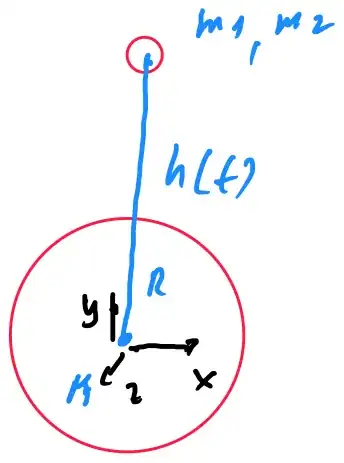I know that this may come off as an incredibly dumb question, but please hear me out for a while.
Why don't objects just tug at other bodies with a constant force? Instead, why do they apply different forces depending on the masses of the bodies in consideration, so as to keep the acceleration produced by them fixed for every body? I mean, why not just pull everything with a force of $10$ $N$, for example? How does this intuitively make sense?
The answers provided in this post all point to the same thing: that acceleration is the same because the effects of force and inertia compensate for each other (as I had tried to point out above). My question, however, starts off from the very point these answers end in, why is acceleration constant?
I have seen a lot of replies and answers about how halving the mass of a body doesn't make it fall faster or slower, but at a constant rate. This does give an intuition about how we can clearly see in our world that acceleration is independent of mass, but this doesn't answer why? Is the fact that these two effects of force and inertia exactly balance out in the world we live in, a miracle? If not, what is the reason behind it?
Are these questions even worth asking?
